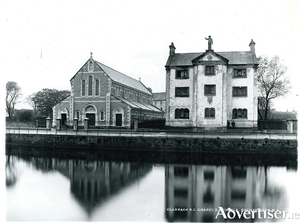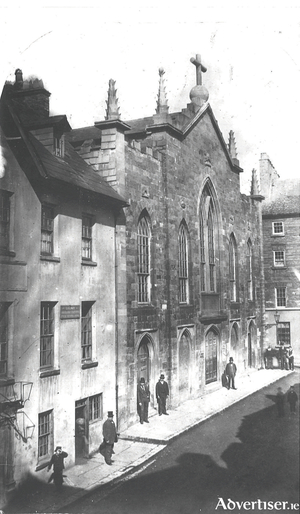Search Results for 'Board of National Education'
2 results found.
The Piscatorial School

Living conditions were very bad in the Claddagh during the Great Famine. Most people there made their living from the sea but they refused to adapt to new and more effective fishing techniques which would have improved their catches, and so their income was affected and poverty ensued. Most of the fishermen there had put their nets in hock just to keep their families alive. Equally, Claddagh people were opposed to education, as their sons would grow up to be fishermen, they felt no need to send them to school. This form of opposition began to soften and eventually in 1827, a national school opened roughly where the statue of Fr Tom Burke is today. The quality of education there was not great so the Dominicans decided to take things into their own hands and build a school that would develop and improve the practical skills of seamanship and fishing for the boys to make them more self-sufficient. The girls would be taught fishery-related skills such as lace-making
The Galway Mechanics’ Institute 1838-2018

Mechanics’ institutes originated in Scotland in the 1820s. In 1826 a committee formed the first such institute in Galway when it set out a library and newspaper reading room in the ballroom of the Corn Exchange in Eyre Square. Its primary aim was educational and it had rules prohibiting discussion of politics and religion. Difficulties arose when some of the patrons of the facility presumed they could tell the members how to vote in an election and so the institute collapsed.

